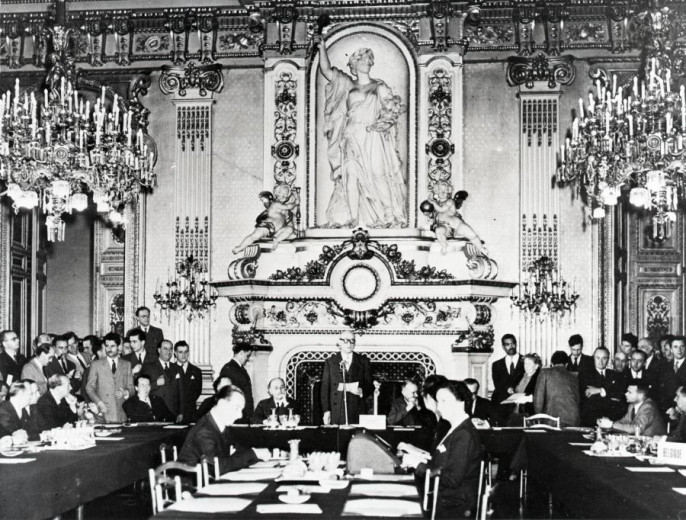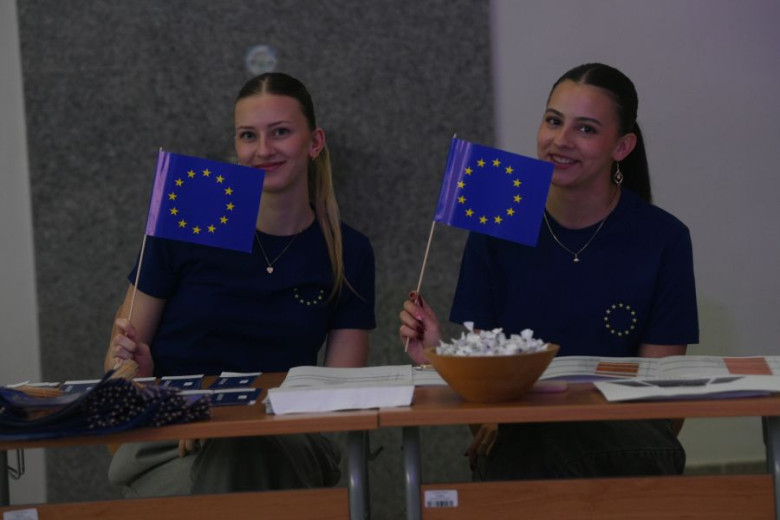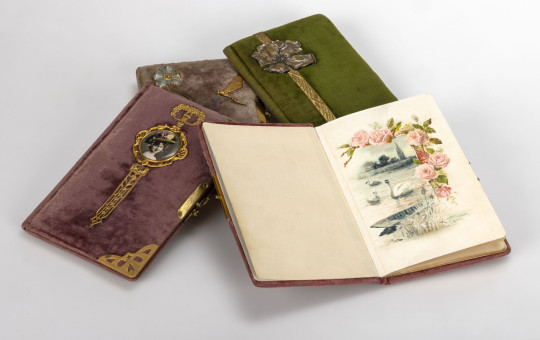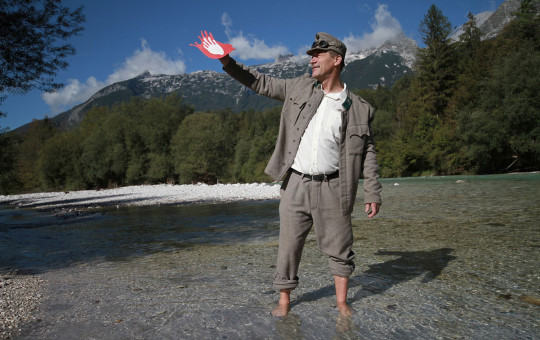Date: 9. May 2025
Time to read: 1 min
This year marks 80 years since the end of the Second World War and the 75th anniversary of the Schuman Declaration. These two milestones played a decisive role in the creation of the European Union. On 9th May, we celebrate Europe Day – a symbol of peace and unity. At a time of uncertainty and new challenges, the importance of this celebration is greater than ever.
The Schuman Declaration
In 1950, Europe was still recovering from the devastation of the Second World War, while tensions from the onset of the Cold War were already beginning to emerge. A group of European leaders – many of whom had lived through the horrors of both world wars – shared a vision of a united Europe. On 9 May 1950, French Foreign Minister Robert Schuman presented a declaration proposing the establishment of transnational economic cooperation in Europe. He called for the creation of the European Coal and Steel Community.
“The pooling of coal and steel production should immediately provide for the setting up of common foundations for economic development as a first step in the federation of Europe and will change the destinies of those regions which have long been devoted to the manufacture of munitions of war, of which they have been the most constant victims.”
-
 This photo of Robert Schuman, standing in the centre, was taken on 20 June 1950, at the opening of the intergovernmental negotiations for the implementation of the Schuman Plan. It is generally used to illustrate the declaration of 9 May 1950 as no photographer was present at the original press conference. Copyright: European Communities, 1950 (EU)
This photo of Robert Schuman, standing in the centre, was taken on 20 June 1950, at the opening of the intergovernmental negotiations for the implementation of the Schuman Plan. It is generally used to illustrate the declaration of 9 May 1950 as no photographer was present at the original press conference. Copyright: European Communities, 1950 (EU)
The founding members of this community were France, West Germany, Italy, the Netherlands, Belgium and Luxembourg. The aim was to build a community of nations so closely connected that war between them would become unthinkable. These were the foundations upon which the European Union was later built. From the European Coal and Steel Community eventually emerged the European Economic Community and, in time, the European Union.
Slovenia: A full member of the EU since 2004
On 1 May 2004, the European Union underwent its fifth and largest enlargement in history. Alongside Slovenia, Cyprus, the Czech Republic, Estonia, Hungary, Latvia, Lithuania, Malta, Poland, and Slovakia joined the Union. This enlargement helped spread stability, peace and prosperity across the continent.
EU membership brings benefits that go beyond political and economic cooperation – it also shapes the daily lives of its citizens.
EU citizens have the right to live, study and work in any EU Member State, enjoying the free movement of people and goods.
In celebration of Europe Day, the Statistical Office of the Republic of Slovenia has shared some interesting facts. Slovenia’s unspoiled nature, art, culture and culinary traditions offer a distinctive and memorable experience. Last year, Slovenia welcomed 6.6 million tourists, including 5.1 million from abroad. Nearly three-quarters of them – around 3.8 million – came from other EU Member States, most notably Germany, Italy and Austria.
One of the key aspects of the EU is its linguistic diversity. Languages shape personal identity and are an integral part of our shared heritage. The EU currently recognises 24 official languages. In 2022, 49% of all upper secondary school students across the EU were learning at least two foreign languages, and Slovenia was no exception.










